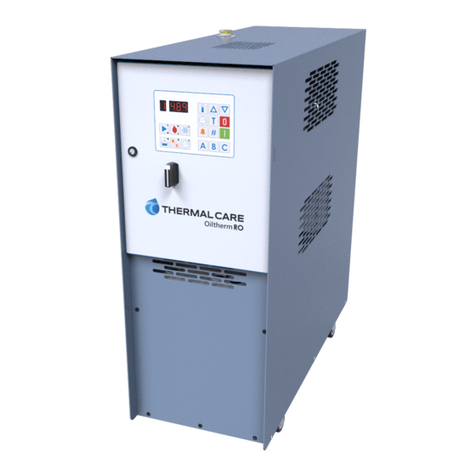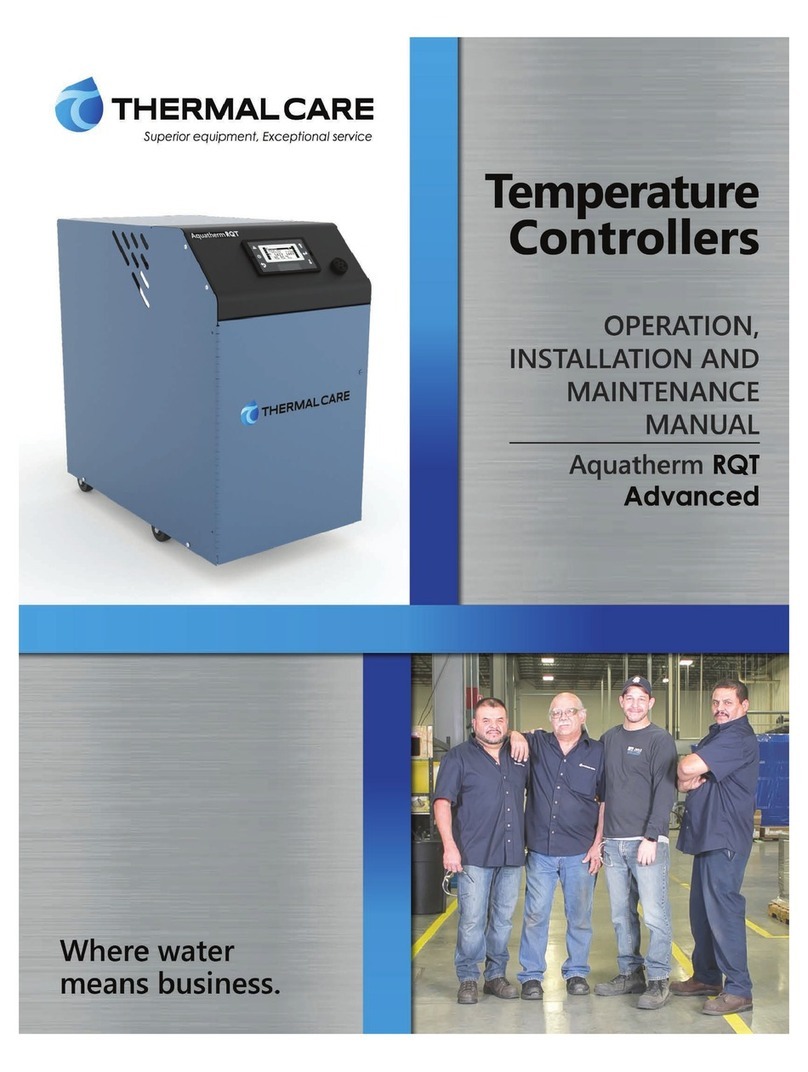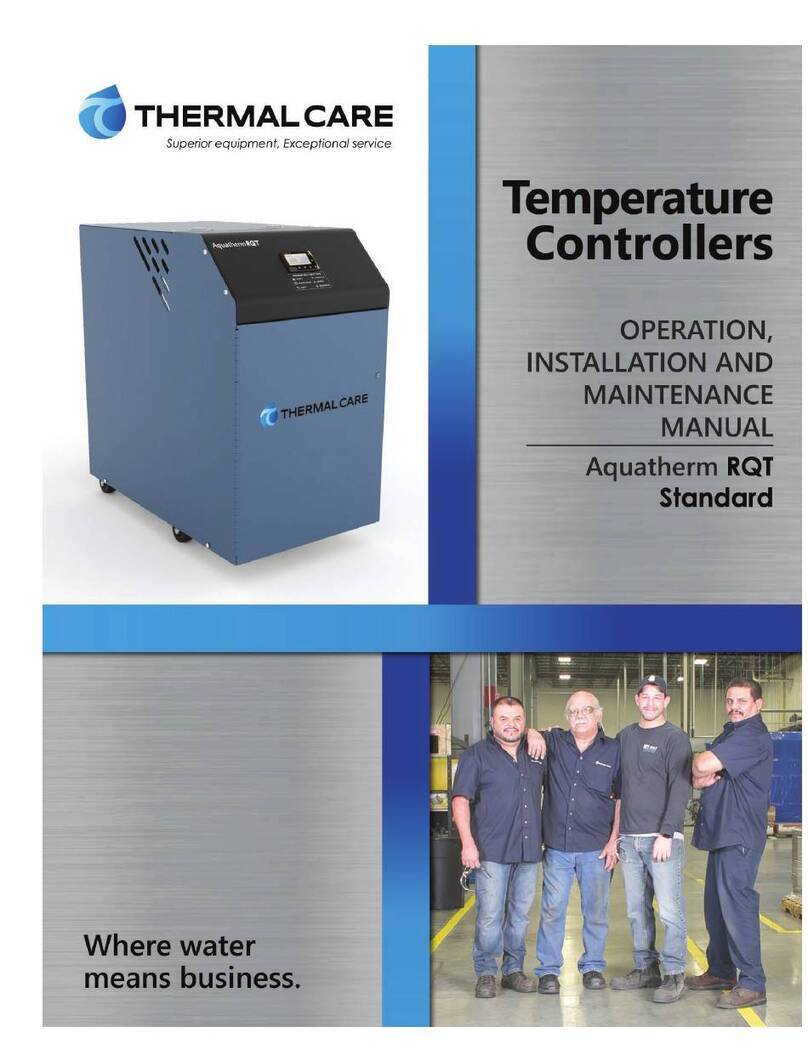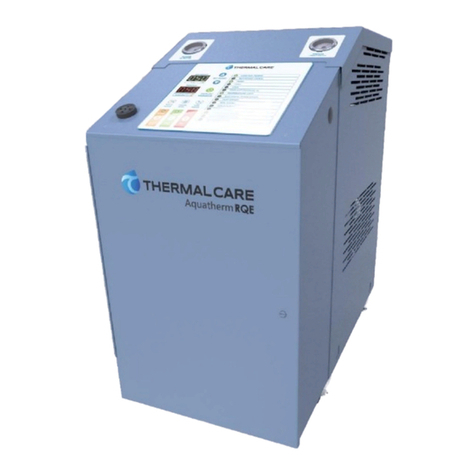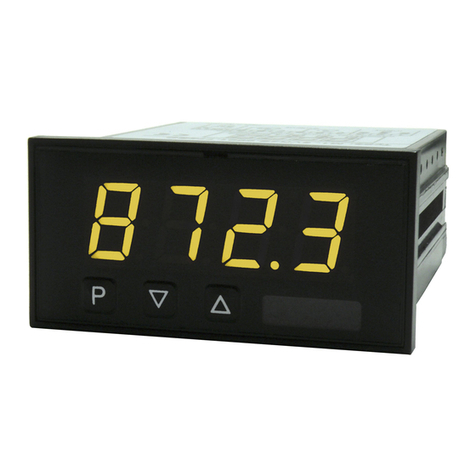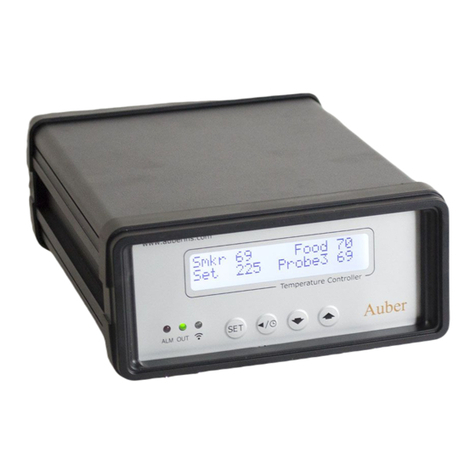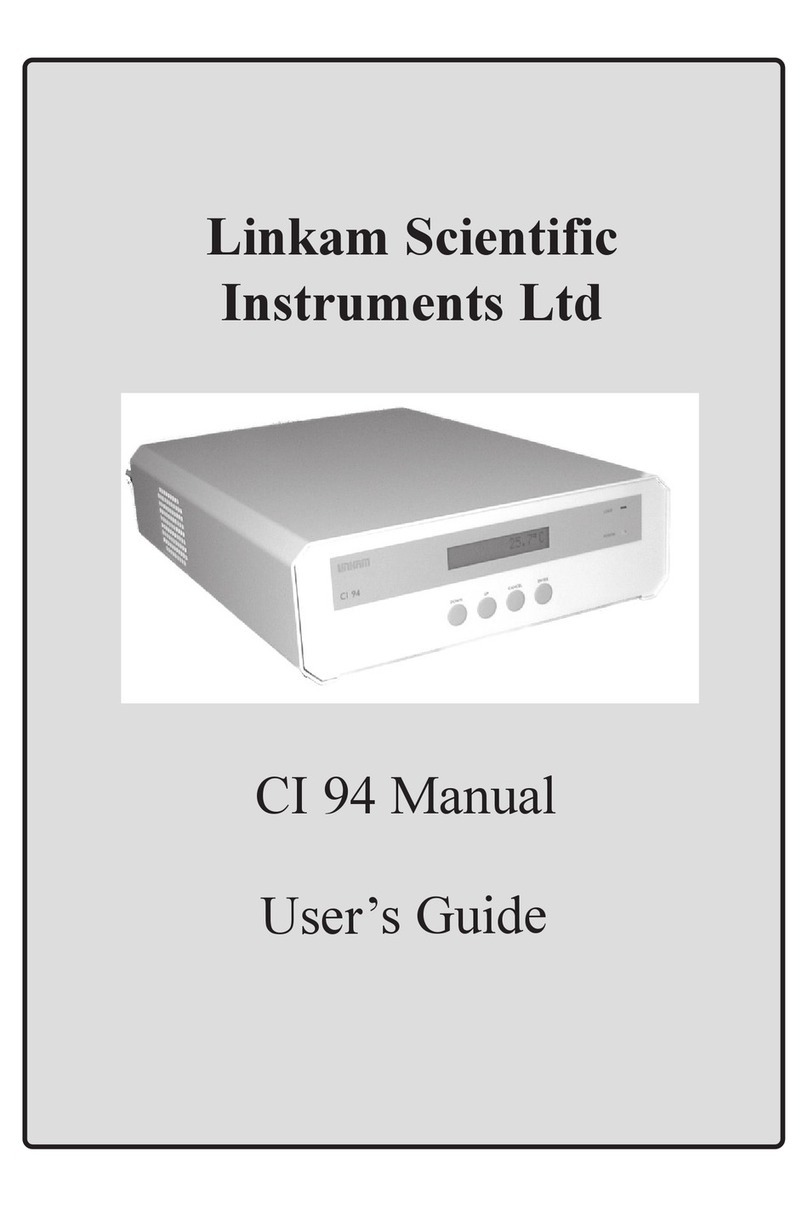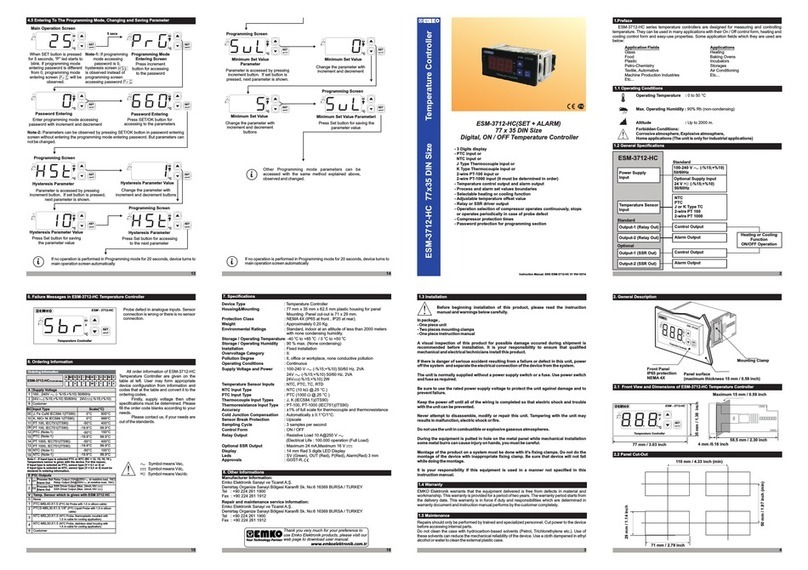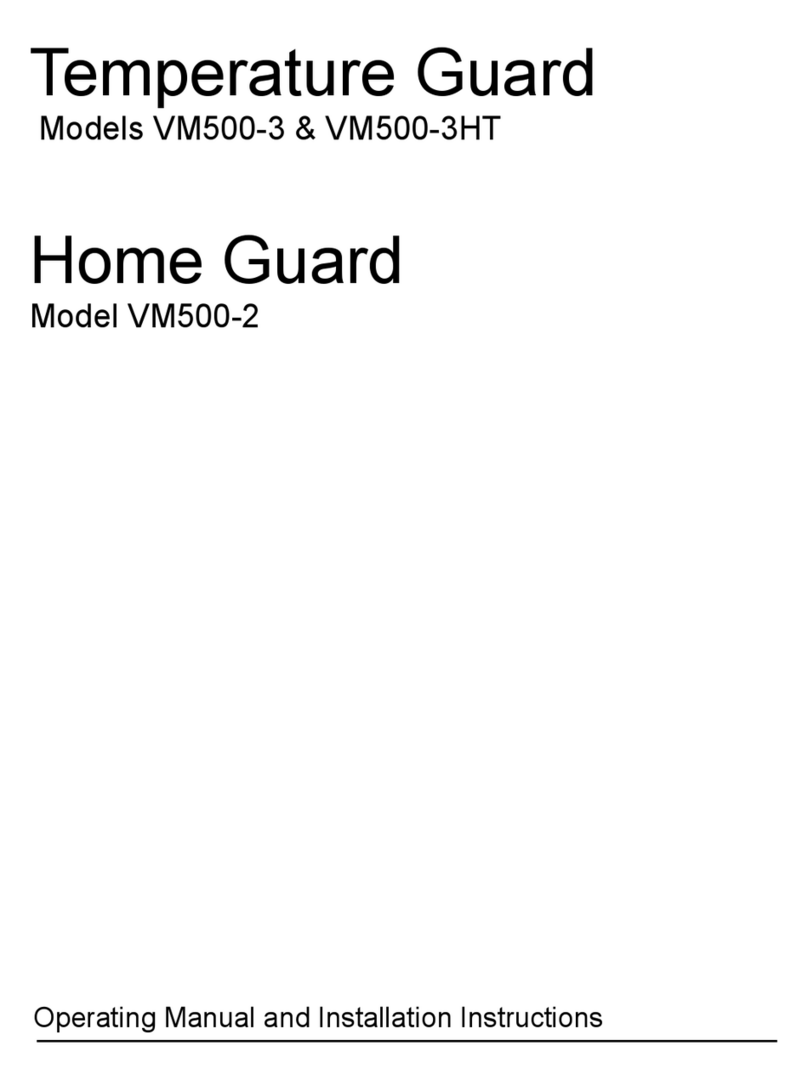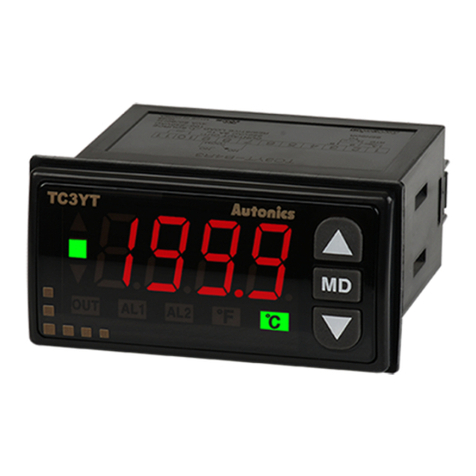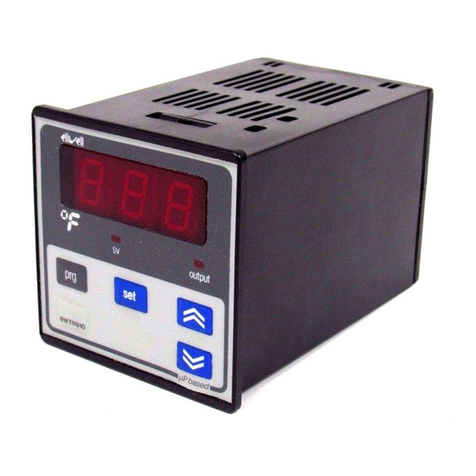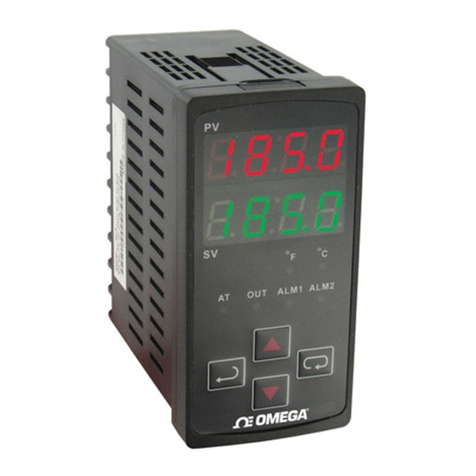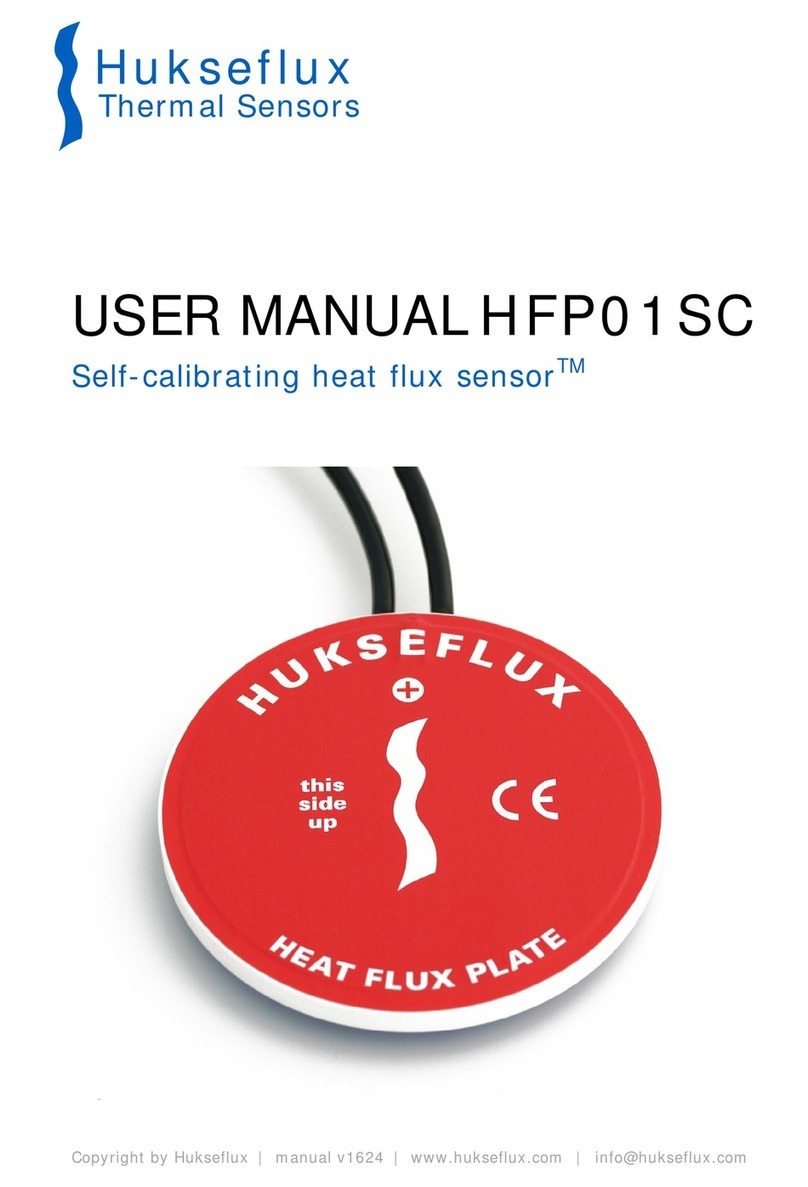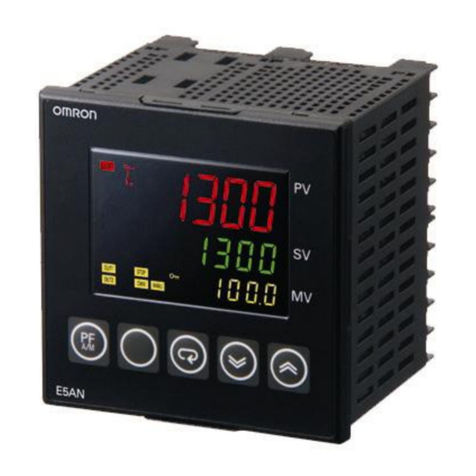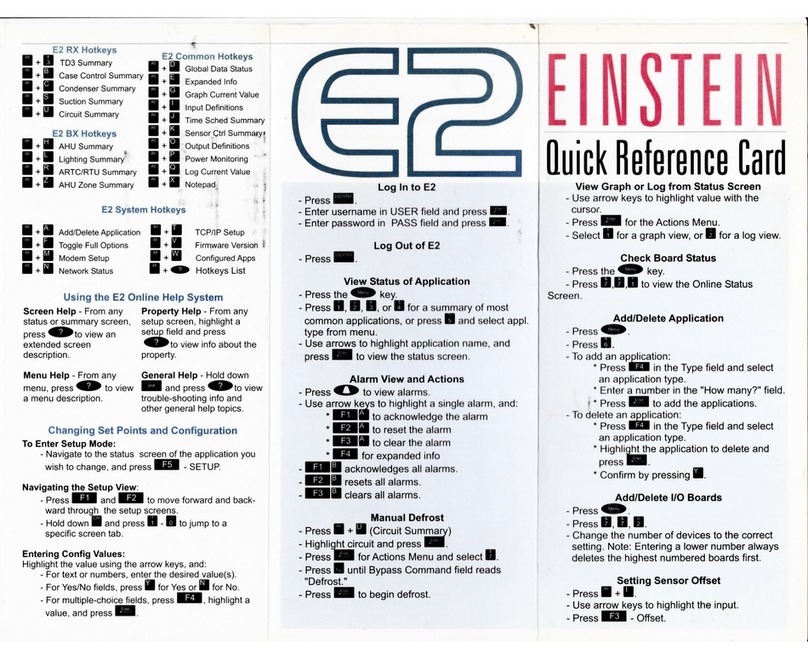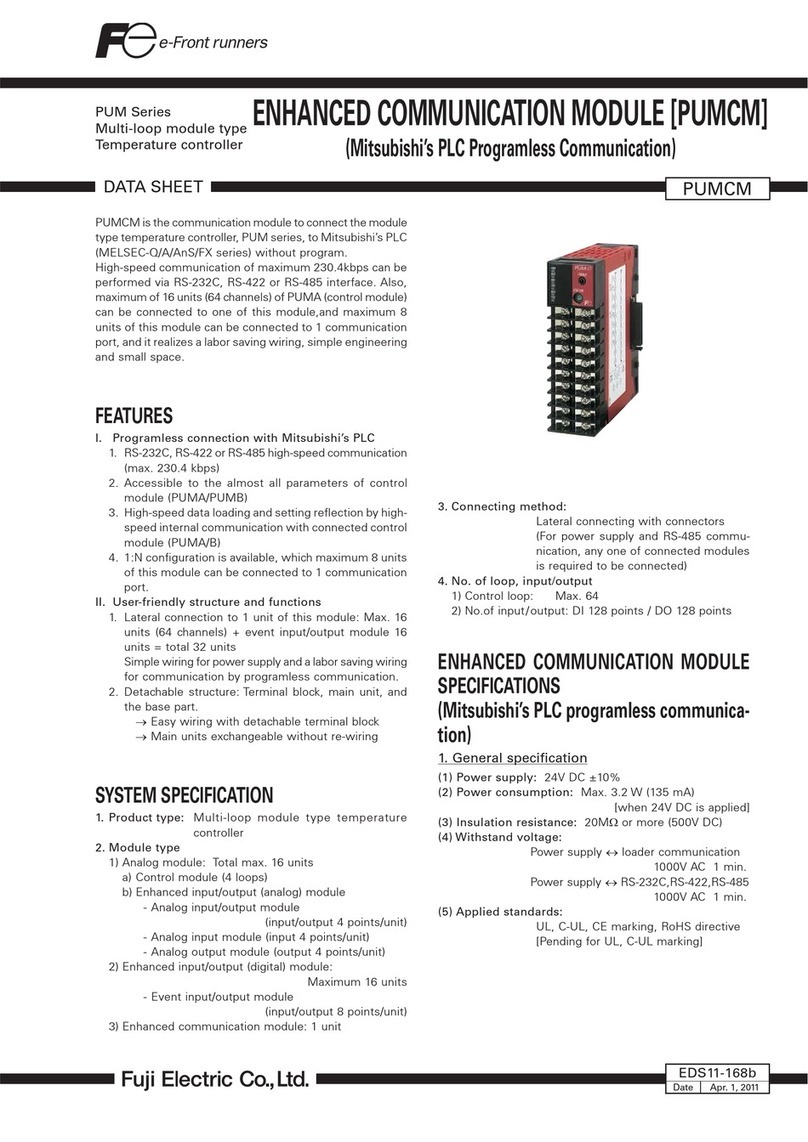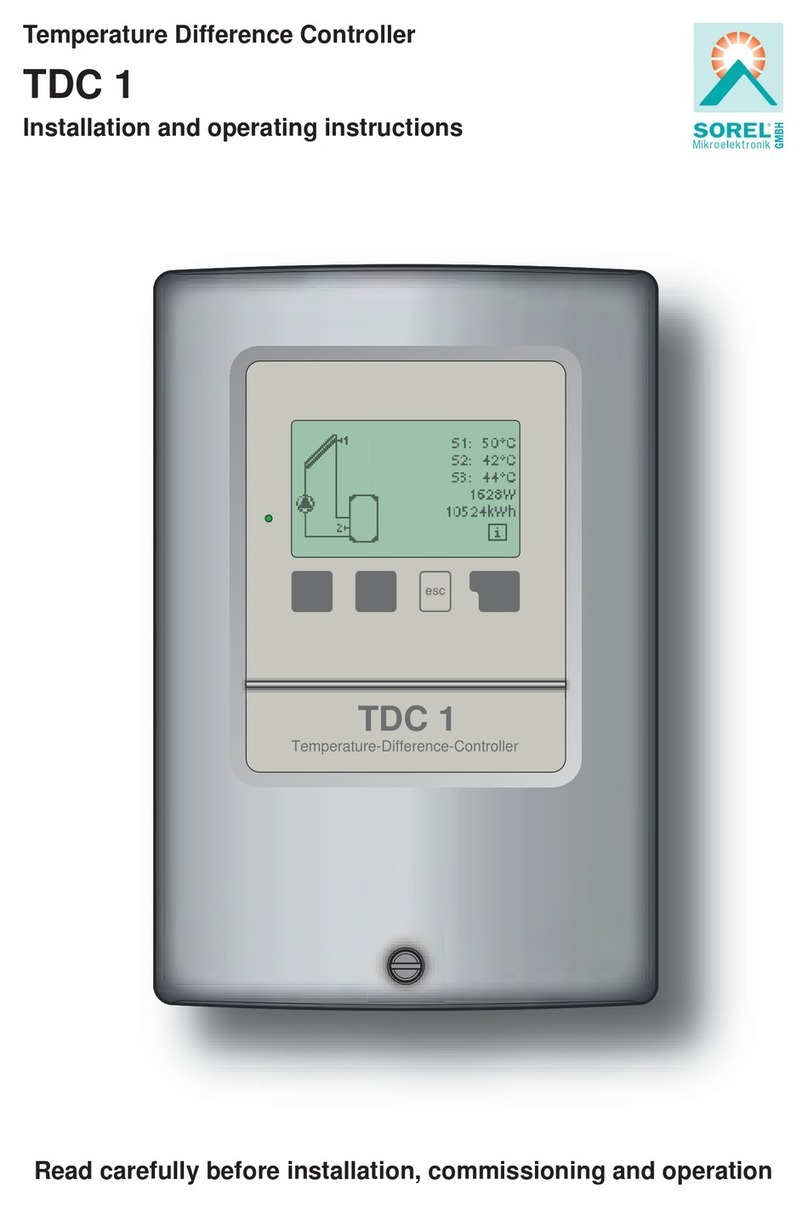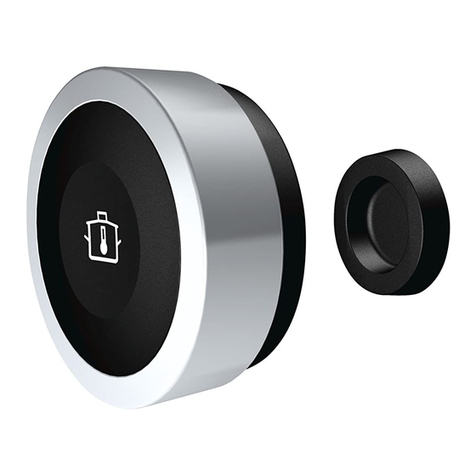12
Step 1 –Connecting Main Power
Connect main power properly ensuring it matches
the voltage shown on the nameplate of the unit.
Check the electrical phase sequence prior to start-
up. Operation of the unit with incorrect electrical
phase sequencing will cause damage to
components. Check the phasing prior to applying
power. The proper sequence is “ABC.” If the phasing
is incorrect, open the main power disconnect and
switch two line leads on the main power terminal
blocks (or the unit mounted disconnect). All
electrical components are in-phase at the factory. Do
not interchange any load leads that are from the unit
contactors or the motor terminals. After making
proper power connection and grounding, turn the
main power on.
Step 2 –Fill Coolant Circuit
Check to make sure all piping connections are secure
and that all lines are suitable for water or the coolant
in the system at the maximum set point temperature
and cumulative pressure rating of the maximum
pump pressure and the unit fill fluid pressure.
Make sure that the cooling source is the appropriate
temperature and pressure for your application. In
most cases, the cooling source is between 40°F and
85°F. The cooling source fluid pressure must be
above the set point of the pressure switch in order
for the unit to start. For most applications, the
design cooling source supply pressure is between 25
psi and 50 psi. Units with the 300°F operating range
option require an inlet cooling source pressure of 75
psi. If the total pressure in the unit (cooling source
inlet pressure plus the pump pressure) exceeds 150
psi, the pressure relief valve in the unit will open. If
this becomes an issue, install a pressure-regulating
valve (Part #9616548 available from our Parts
Department) on the supply line to help regulate the
pressure to ensure it does not exceed the pressure
rating of the pressure relief valve. For further
assistance in installing a pressure-regulating valve,
please contact our Customer Service Department.
System Fill Water Chemistry Requirements
The properties of water make it ideal for heat
transfer applications. It is safe, non-flammable, non-
poisonous, easy to handle, widely available, and
inexpensive in most industrialized areas.
When using water as a heat transfer fluid it is
important to keep it within certain chemistry limits to
avoid unwanted side effects. Water is a “universal
solvent” because it can dissolve many solid
substances and absorb gases. As a result, water can
cause the corrosion of metals used in a cooling
system. Often water is in an open system (exposed
to air) and when the water evaporates, the dissolved
minerals remain in the process fluid. When the
concentration exceeds the solubility of some
minerals, scale forms. The life giving properties of
water can also encourage biological growth that can
foul heat transfer surfaces.
To avoid the unwanted side effects associated with
water cooling, proper chemical treatment and
preventive maintenance is required for continuous
plant productivity.
Unwanted Side Effects of Improper Water Quality
•Corrosion
•Scale
•Fouling
•Biological Contamination
Cooling Water Chemistry Properties
•Electrical Conductivity
•pH
•Alkalinity
•Total Hardness
•Dissolved gases
The complex nature of water chemistry requires a
specialist to evaluate and implement appropriate
sensing, measurement and treatment needed for
satisfactory performance and life. The
recommendations of the specialist may include
filtration, monitoring, treatment and control devices.
With the ever-changing regulations on water usage
and treatment chemicals, the information is usually
up-to-date when a specialist in the industry is
involved. The table below shows the list of water
characteristics and quality limitations.




















